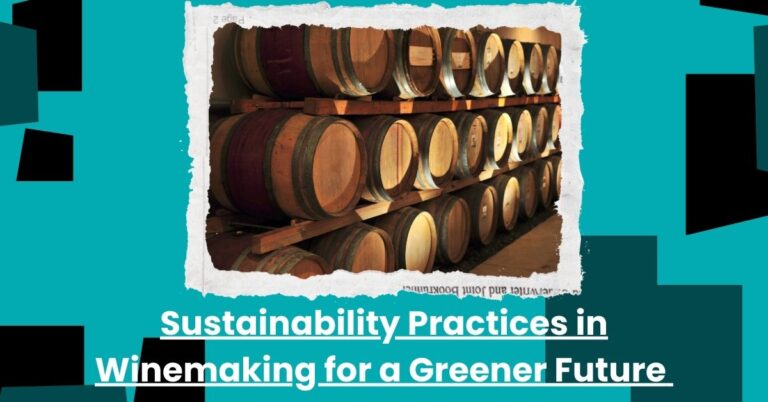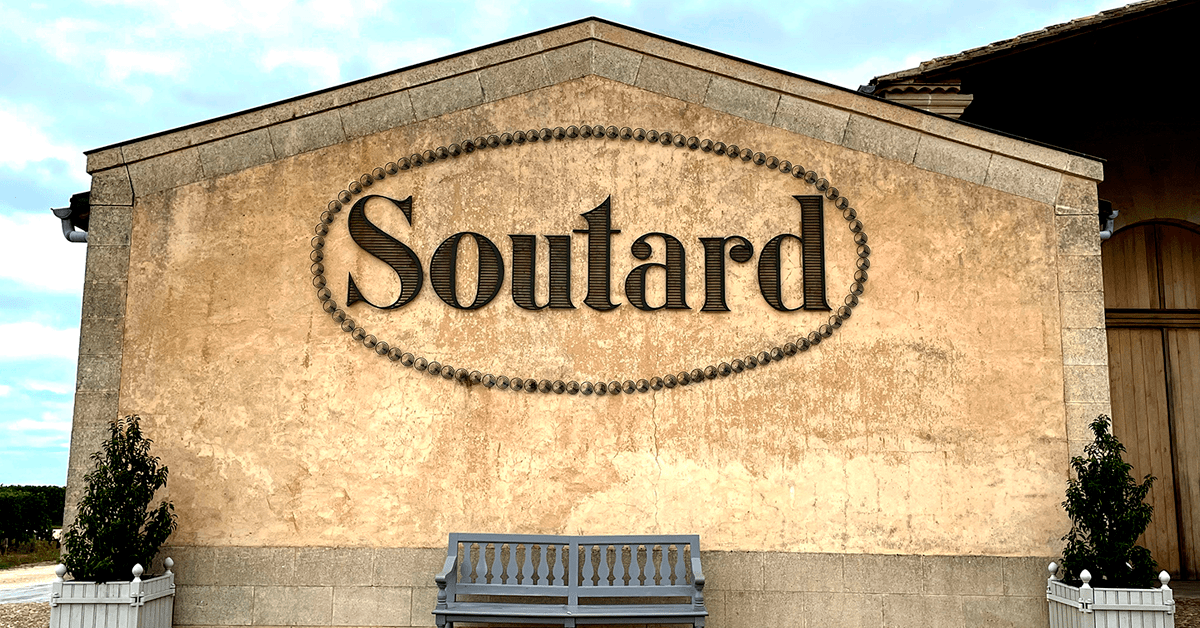
Introduction
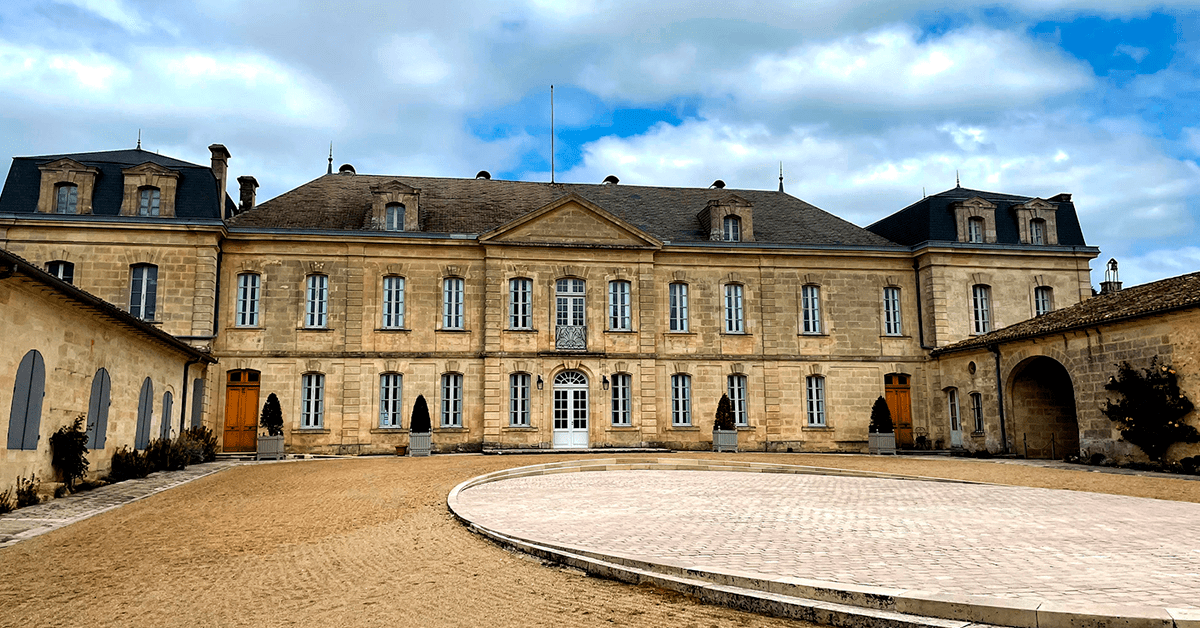
The History of Château Soutard
Château Soutard’s history can be traced back to the early 18th century, making it one of the oldest estates in Saint-Émilion, a renowned wine-producing region within Bordeaux. The estate’s story begins in 1699 when the property was acquired by the Soutard family, who later gave their name to the Château. However, the estate’s transformation into a wine-producing powerhouse can be credited to the visionary Marquis de Pressac, who purchased Château Soutard in 1775.
The Marquis de Pressac not only expanded the estate but also introduced innovative winemaking techniques and was instrumental in shaping Saint-Émilion’s winemaking traditions. His legacy lives on in the vineyards and cellars of Château Soutard, where tradition and innovation continue to coexist.

The Terroir of Château Soutard
Château Soutard’s vineyards are situated on the slopes of Saint-Émilion, benefitting from the unique terroir that characterises this region. The estate spans over 60 hectares (148 acres) of land, with vineyards planted predominantly with Merlot, complemented by Cabernet Franc, Cabernet Sauvignon and Malbec grapes.
The soils at Château Soutard are a complex mix of limestone, clay, and chalk, which impart distinct mineral qualities to the wines. The elevation of the vineyards, along with their southern exposure, ensures optimal sun exposure and ripening conditions for the grapes. These natural factors play a pivotal role in crafting the estate’s remarkable wines.

Winemaking at Château Soutard
The winemaking process at Château Soutard is a delicate blend of tradition and modernity, aimed at preserving the estate’s rich heritage while embracing contemporary techniques. The grapes are harvested by hand, a labour-intensive process that allows for meticulous selection and ensures only the finest fruit makes its way into the winery.
Once in the winery, the grapes undergo a gentle destemming and crushing before fermentation. Château Soutard employs a combination of oak and stainless steel tanks for fermentation, with temperature control to extract the best flavours from the grapes while preserving their freshness.
After fermentation, the wines are transferred to oak barrels for ageing. Château Soutard takes pride in its extensive cellar, where a variety of French oak barrels are used, providing the winemakers with a palette of flavours and aromas to work with. The ageing process can last up to 18 months or more, during which time the wines develop complexity and elegance.
Iconic Wines of Château Soutard
Château Soutard has a well-deserved reputation for producing exceptional wines that reflect the character of Saint-Émilion and its unique terroir. Here are some of the standout wines that have made the estate famous:
Château Soutard Grand Cru Classé
Château Soutard La Fleur Soutard
Château Soutard Blanc
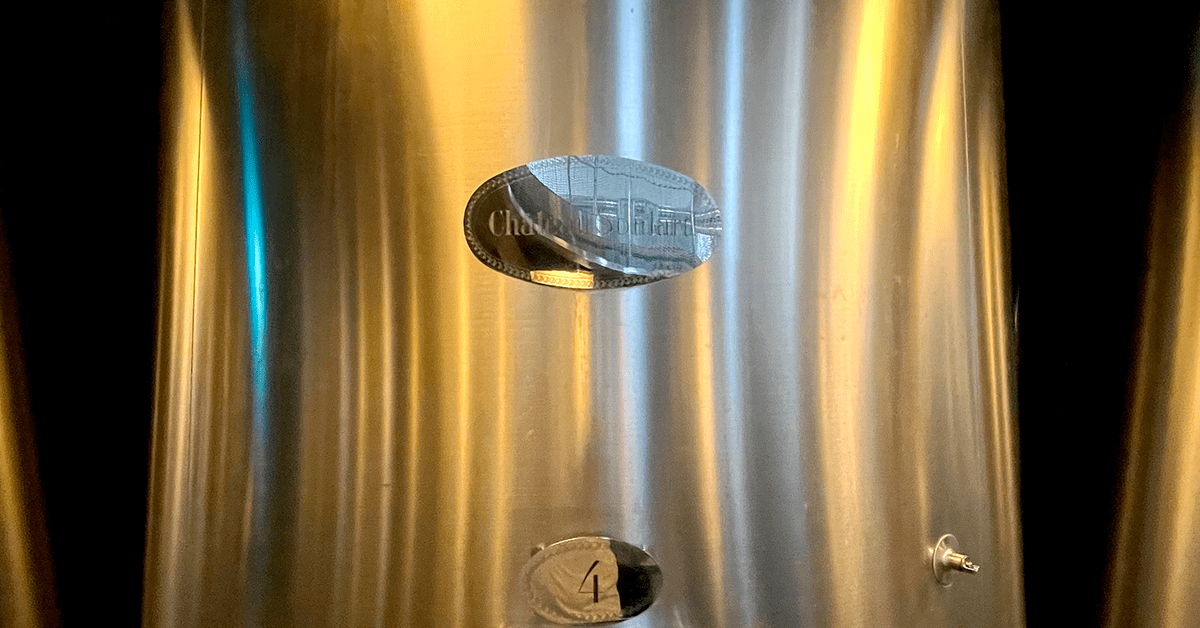
Sustainability and Innovation
In today’s world, sustainability and environmental responsibility are paramount in the wine industry. Château Soutard is no exception to this trend. The estate has implemented various sustainable practices in its vineyards and winemaking processes to minimise its environmental impact.
From organic farming practices to reducing water usage and implementing energy-efficient technologies, Château Soutard is committed to preserving the environment for future generations while producing outstanding wines. Visitors to the estate can witness these efforts firsthand through guided tours that showcase the vineyards and eco-friendly initiatives.

The Château Soutard Experience
A visit to Château Soutard is not just about wine; it’s an immersive experience that takes you on a journey through history, terroir, and winemaking. The estate welcomes visitors with open arms, offering guided tours of the vineyards, cellars, and tasting rooms.
Guests have the opportunity to taste a selection of Château Soutard’s wines, including the Grand Cru Classé, La Fleur Soutard, and Blanc, accompanied by knowledgeable guides who provide insights into the winemaking process and the estate’s history. The picturesque surroundings of the estate make it a perfect place for picnics and wine-related events, creating unforgettable memories for wine enthusiasts.

Château Soutard's Influence on Saint-Émilion
Beyond its exquisite wines, Château Soutard has had a profound influence on the Saint-Émilion region and the Bordeaux wine industry as a whole. The estate’s commitment to quality winemaking, its preservation of tradition, and its dedication to sustainability have set a high standard for the entire region.
Château Soutard’s involvement in local and global wine communities has also helped raise the profile of Saint-Émilion wines. Its wines are often featured in prestigious wine tastings and events, solidifying the estate’s reputation as a top producer in Bordeaux.
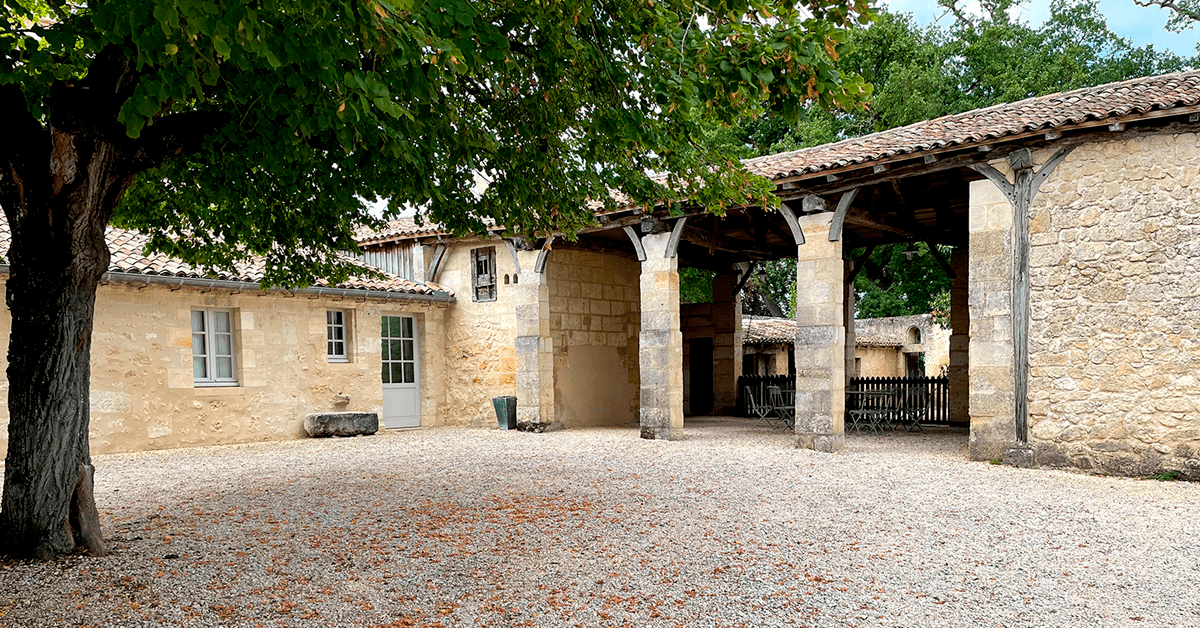
Conclusion
Château Soutard stands as a living testament to the rich history and enduring legacy of Bordeaux winemaking. From its centuries-old roots to its commitment to sustainable practices and innovative winemaking techniques, Château Soutard continues to produce exceptional wines that capture the essence of Saint-Émilion’s terroir.
Visiting Château Soutard offers wine enthusiasts the opportunity to immerse themselves in the world of Bordeaux wines, to explore the vineyards, cellars, and taste the wines that have earned the estate its esteemed reputation. Château Soutard is not just a winery; it’s a destination for those who appreciate the art and science of winemaking and the timeless allure of Bordeaux.



